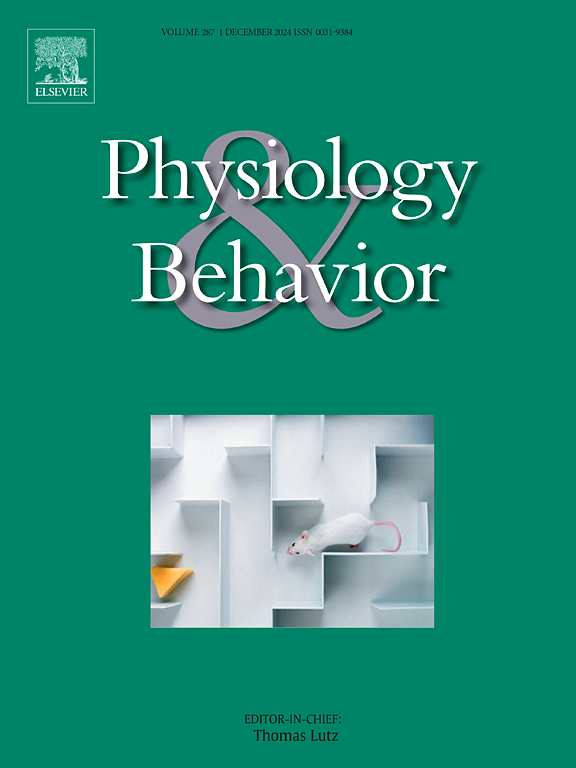The impact of acute exergaming on short video-related inhibitory control: An event-related potential study
IF 2.5
3区 医学
Q2 BEHAVIORAL SCIENCES
引用次数: 0
Abstract
This study aims to explore the impact of acute exergaming on short video-related inhibitory control, and to compare its effectiveness with that of a conventional aerobic exercise (cycling ergometer). In a between-subjects design, 87 participants were randomly assigned to one of three conditions: (1) exergaming, (2) cycling, or (3) control. Each participant engaged in 30 min of the assigned activity. Following the intervention, participants completed a Go/No-go task to measure their short video-related inhibitory control. Behavioral outcomes and event-related potential components were measured. The results showed that both acute exergaming and cycling enhanced the accuracy and P3 amplitudes for non-video app image stimuli (NVA). Acute exergaming specifically enhanced accuracy and P3 amplitudes for short-video app image stimuli (SVA), a pattern not observed following cycling. Latency analyses showed that exergaming and cycling resulted in shorter P3 latency than the control condition. In conclusion, while both interventions improved general inhibitory control, exergaming uniquely demonstrated enhancements in short video-related inhibitory control. These findings underscore the potential advantage of exergaming within its own contexts that benefit from higher cognitive, motivational, and multisensory engagement.
急性运动对短视频相关抑制控制的影响:一项事件相关电位研究
本研究旨在探讨急性运动对短视频相关抑制控制的影响,并将其与传统有氧运动(骑自行车测力器)的效果进行比较。在受试者之间的设计中,87名参与者被随机分配到三个条件中的一个:(1)运动,(2)骑自行车,或(3)控制。每个参与者在指定的活动中进行30分钟。在干预之后,参与者完成了一项Go/No-go任务,以测量他们与短视频相关的抑制控制。测量行为结果和事件相关的潜在成分。结果表明,急性运动和循环均能提高非视频应用图像刺激(NVA)的准确性和P3振幅。急性运动特别提高了短视频应用程序图像刺激(SVA)的准确性和P3振幅,这种模式在循环后没有观察到。潜伏期分析表明,运动和循环使P3潜伏期比对照组短。总之,虽然两种干预措施都改善了一般的抑制控制,但练习游戏在短视频相关的抑制控制方面表现出独特的增强作用。这些发现强调了游戏在其自身背景下的潜在优势,即受益于更高的认知、动机和多感官参与。
本文章由计算机程序翻译,如有差异,请以英文原文为准。
求助全文
约1分钟内获得全文
求助全文
来源期刊

Physiology & Behavior
医学-行为科学
CiteScore
5.70
自引率
3.40%
发文量
274
审稿时长
47 days
期刊介绍:
Physiology & Behavior is aimed at the causal physiological mechanisms of behavior and its modulation by environmental factors. The journal invites original reports in the broad area of behavioral and cognitive neuroscience, in which at least one variable is physiological and the primary emphasis and theoretical context are behavioral. The range of subjects includes behavioral neuroendocrinology, psychoneuroimmunology, learning and memory, ingestion, social behavior, and studies related to the mechanisms of psychopathology. Contemporary reviews and theoretical articles are welcomed and the Editors invite such proposals from interested authors.
 求助内容:
求助内容: 应助结果提醒方式:
应助结果提醒方式:


